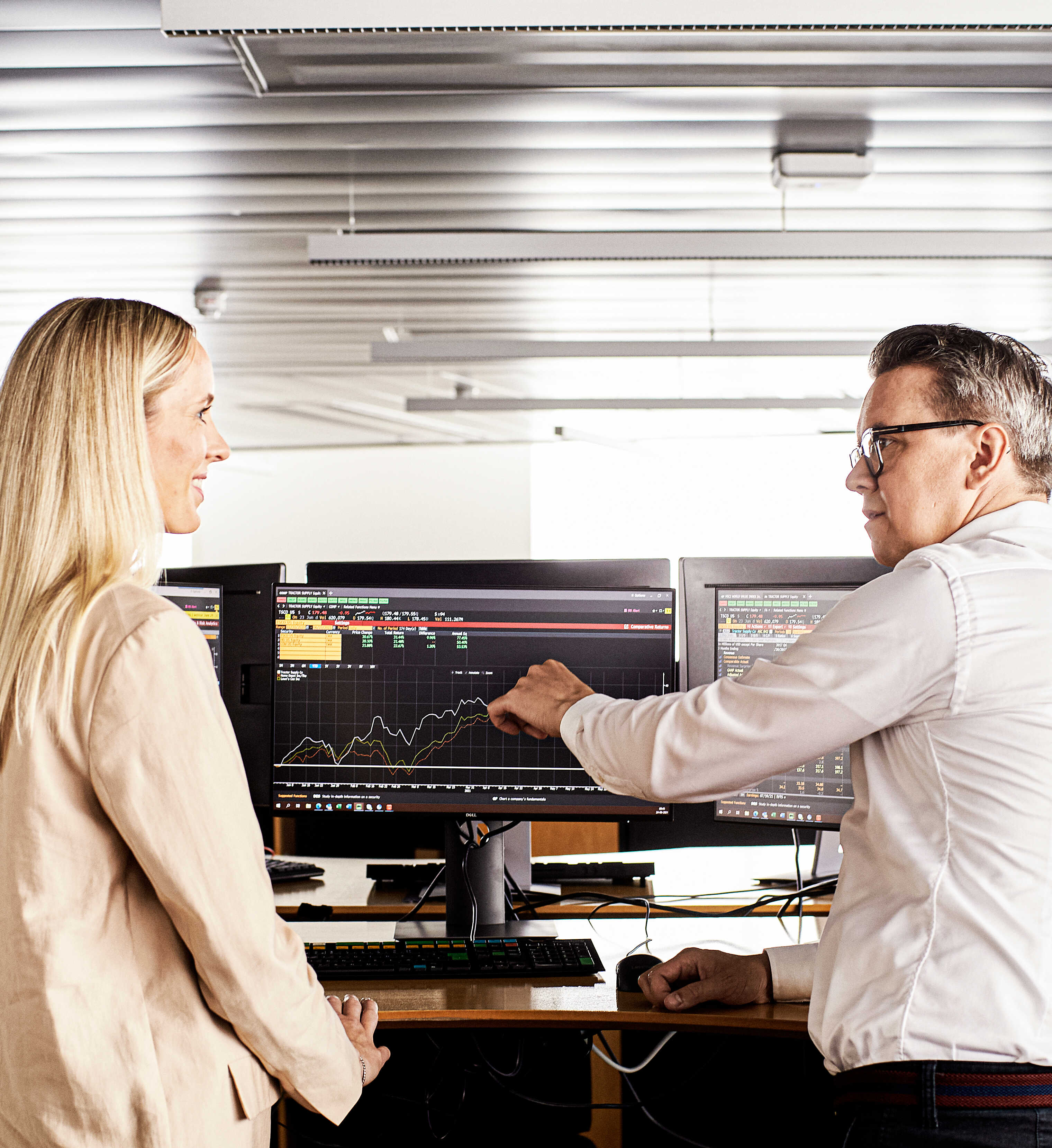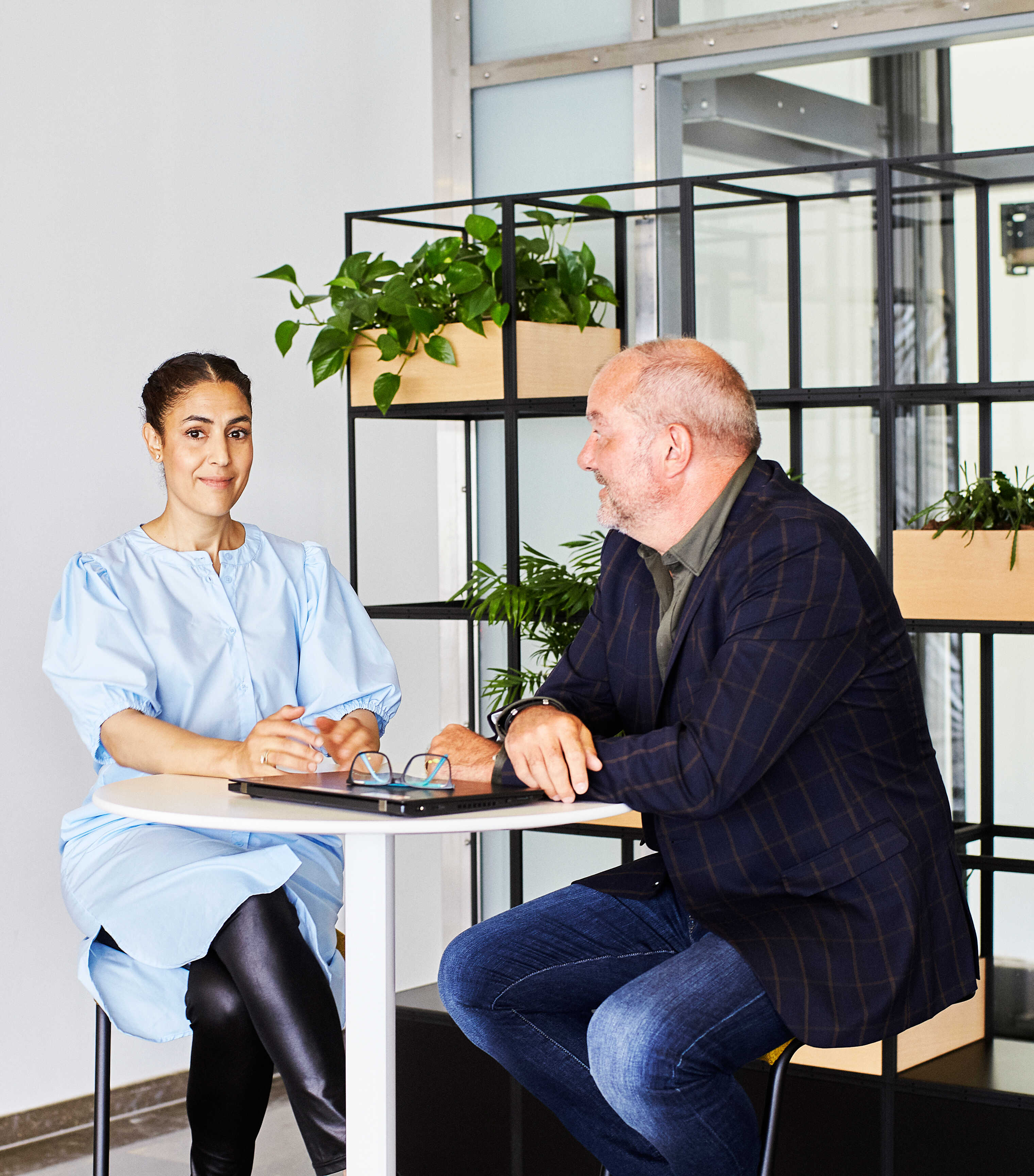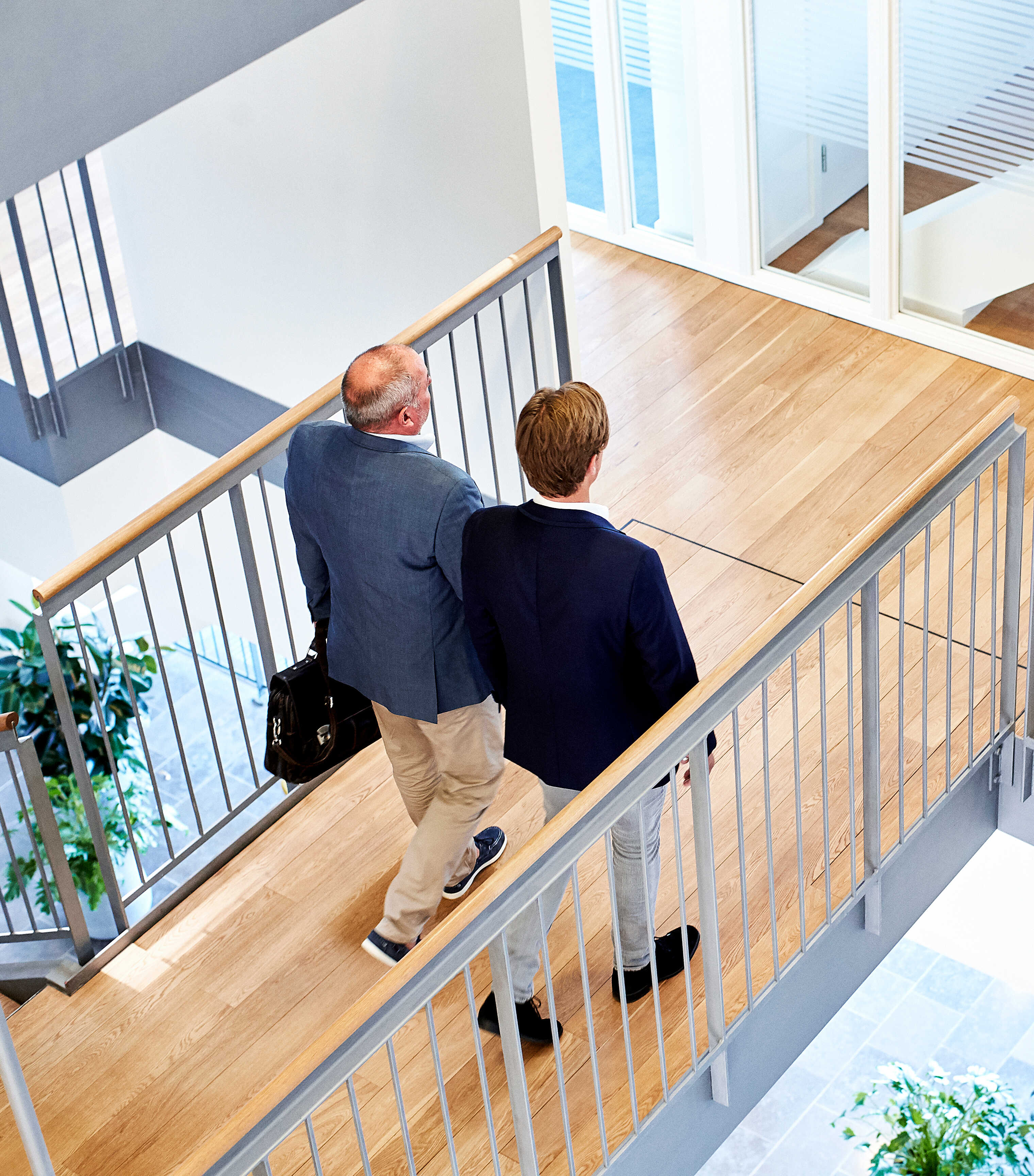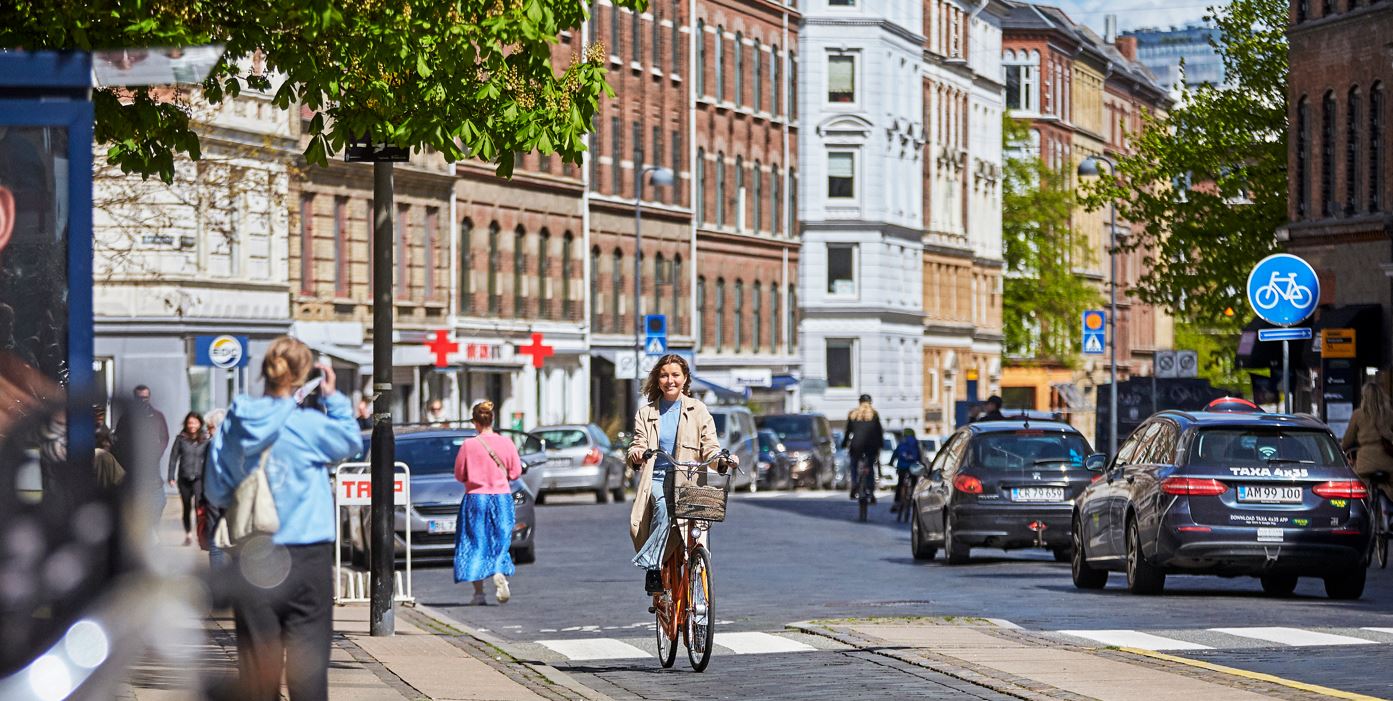Our approach to responsible investment
Our strategy is built on three approaches: Selection, influence, and selection by rejection.
We select investments
We select investments that meet our sustainability criteria and which we believe are important for supporting sustainable development.


We work to influence
We actively work to identify areas and influence both companies and decision-makers to set ambitious goals and act more responsibly.
We select by rejection where necessary
We have implemented exclusion criteria for companies in our investment universe. This means we refrain from investing in companies whose activities fall under these criteria.

Climate strategy and carbon reduction targets for our investments
We are a member of the IIGCC’s net zero partnership – the Paris Aligned Investment Initiative, which commits us to achieving a net zero investment portfolio by 2050 or earlier.
AP Pension has adopted a new multi-pronged climate strategy. The climate strategy sets carbon targets and increases AP Pension’s current green investment targets. Strengthened efforts on climate-related active ownership are also being initiated.
Find out more about our climate strategy
Sustainable focus in construction reduces climate impact
Our construction projects must create a stable and competitive return for our customers – primarily by investing in real estate that focuses on the green transition. As a developer, we can make a difference to the climate. Construction accounts for a large proportion of the world’s carbon emissions, and there is huge potential to reduce climate impact.
Certificaton is one of the keys
We require all our commercial property to be DGNB-certified to at least Gold standard, and all our homes to have the Nordic Swan Ecolabel. The certifications create value because we can then be sure that the buildings meet a wide range of requirements in terms of the materials used, substances harmful to the environment and health, the building process, the use phase, and the waste and recycling phase.
How to achieve Gold certification
|
Wood and beneficial bacteria ensure Gold certification |
|
The Helix Lab building in Kalundborg is being built in partnership between AP Ejendomme, Kalundborg Municipality, Novo Nordisk A/S, the Novo Nordisk Foundation, and University College Absalon. The building will be used for MSc students on the bio/medical/industrial 4.0 program. The load-bearing structures, facades and roof structure are made of solid wood. The entire project is certified to DGNB Gold standard. 600 m2 of Biomason tiles have been laid on the floors. Biomason technology uses bacteria to bind concrete together. Traditional cement in the concrete is replaced by Biomason cement, which is produced and binds the concrete together at room temperature. Consequently, energy consumption is significantly lower than is the case in the production of traditional cement. The Kalundborg project is Biomason’s biggest delivery in the world to date, and the first delivery in Europe. The tiles were purchased in partnership between AP Ejendomme and the Novo Nordisk Foundation. |
Materials reduce carbon footprint
When we choose materials, we do so with the aim of reducing the building’s total carbon emissions.
In 2021, AP Ejendomme entered into a partnership with Aalborg Portland on the use of FutureCEM, a new type of cement that has a lower carbon footprint than traditional cement. As the main component of concrete, cement is an indispensable material in any building.
FutureCEM will be a central material in our construction processes. AP Ejendomme aims to convert all its buildings to FutureCEM. Its carbon footprint, which is up to 30 percent lower, will contribute to our overall climate aims.
Energy optimization reduces a building's carbon emissions
Energy management and optimization is an effective way to ensure the best use of our properties’ energy consumption and reduce carbon emissions.
By optimizing energy, we achieve the lowest possible energy consumption, save on operating costs and maintain the energy savings made for the benefit of the environment, society, and individual tenants.
DEAS conducts energy screenings on our behalf of selected properties and monitors the building’s condition, occupancy, and consumption data. This helps create transparency in our building operations and identify potential for optimization.
It is not just about the climate
Carbon reduction and energy optimization are key factors in our buildings, but social sustainability is also crucial in our view.
Social sustainability in construction can contribute to increased diversity, flexibility and high architectural quality in a building.
We work to develop concepts for how the residents of our properties can thrive best. And we want to contribute to ensuring that the residents of our properties have the best possible conditions for a long, healthy and good life.

How we work to create socially sustainable buildings:
- Renovate homes to help transform a challenging neighborhood
- Create a mixed population of children, young people, families, the elderly, different education programs, social strata and incomes
- Work on smart design that encourages social contact and can thus help combat loneliness
- Establish communal facilities
- Create homes that many can afford to live in
- Design a building to be a good place to be – both indoors and outdoors. We work on lighting, sound, green areas, etc.